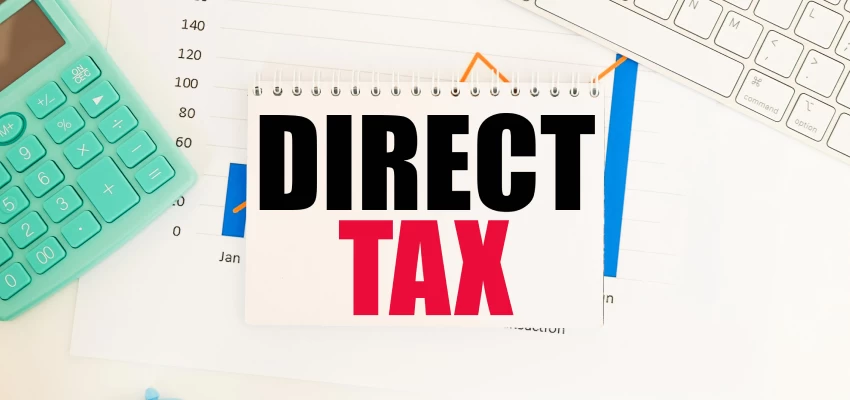What is ‘Garnishment’ and ‘Garnishee’?
‘Garnishment’ is the legal process under which a creditor recovers monies from third parties who owe money to its debtor. Garnishment has the effect of settlement of dues of mutual amount between three parties, where one person (judgement creditor) is owed certain dues by another (judgement debtor) and a third party (garnishee) is indebted to such debtor. It is a ‘judicial proceeding in which a creditor (or potential creditor) asks the court to order a third party who is indebted to or is bailee for the debtor to turn over to the creditor any of the debtor's property (such as wages or bank accounts) held by that third party’[1]. Therefore, the essentials of garnishment are (i) a debt should be owed by a person (‘Mr. X’) to another (‘Mr. Y’); (ii) third party (‘Garnishee’) owes money to the said debtor (‘Mr. X’); and (iii) the garnishee transfers this money to Creditor (Mr. ‘Y’) of said Debtor.
What is ‘Layered Garnishment’ / ‘Garnishee of Garnishee’?
‘Garnishee of Garnishee’ is triggered when the garnishee fails to make the payment to the creditor of its debtor. Pursuant to which, the creditor seeks to recover money from the debtors of garnishee.
Garnishment under Income-tax Act, 1961
The modes for recovery of taxes are prescribed in Section 222 of the Income-tax Act, 1961 (‘Act’). In addition, Section 226 of the Act provides for ‘Other modes of recovery’ of taxes i.e., ‘garnishee’ proceedings. Sub-section (3) of Section 226 of the Act provides that the tax department is empowered to issue a notice to a person (i) who owes money to an assessee or (ii) who holds money for or on account of the assessee, either in present or in future. The effect thereof would be that such a person (garnishee) shall pay the amount (money sufficient to pay the amount due from the assessee or the whole of the money due from him to the assessee, whichever is less) to the tax department. On receipt of such a notice, the garnishee becomes personally liable to the tax department. In such a case, the garnishee may file a statement on oath to the tax department that the sum demanded is not due to the assessee or that he holds no money for or on account of the assessee, in which case the garnishee shall not be required to pay any sum or part thereof u/s. 226(3).
Consequences of non-payment by garnishee
If the garnishee fails to make the payment to the tax department as demanded in a notice issued under Section 226(3), then he shall be deemed to be an ‘assessee in default’ in respect of the amount mentioned in the notice. In that event, the tax department may recover the monies from garnishee, by attaching and selling his movable / immovable property and may lead to arrest of such person.
Once the garnishee is deemed as assessee in default, a question arises as to whether the tax department has power to go after the debtors of the garnishee i.e., whether it would lead to issuance of notice u/s. 226(3) to garnishee of garnishee?
One view is that No, monies due from garnishee cannot be recovered from garnishee of garnishee. Section 226(3)(x) of the Act under which the garnishee is treated as an assessee in default, only provides for recovery of money from garnishee in the manner prescribed in Section 222 to 225 i.e., inter-alia by selling his movable / immovable properties. The power to recover tax in terms of Section 226 is an additional mode of recovery and does not find mention in Section 226(3)(x).
Similar question had come up for consideration before the High Court of Bombay in the case of McDermott International Inc. v. Union of India[2]. In the given case, ONGC owed a certain sum of money to Company H (contractor), which in-turn owed money to the assessee (the sub-contractor). The Court, while determining the validity of the recovery of dues of the assessee from ONGC has clearly held that Section 226(3) of the Act was not applicable on sums due from ONGC to Company H, in respect of the sums due to the assessee. It was held that the action under Section 226(3) of the Act, in respect of the dues of the assessee could only be taken against Company H, that owed money to the assessee and not against ONGC, that did not owe any money to the assessee but owed money to Company H, the debtor of the assessee.
Further, the High Court of Calcutta in the case of Shaw Wallace and Co. Ltd. and Anr. v. Union of India and others[3], relied on the decision of the High Court of Gujarat in the case of Smt. Tejal R. Amin v. ACIT[4] to hold that the provisions of the sub-section (3) of Section 226 do not apply to the debtors of the garnishee and that on failure of the garnishee to pay the dues under the sub-section (3), the recovery can be made from the garnishee under Sections 222 – 225, deeming him to be an assessee in default. The Court noted that had the legislature intended to empower the AO / TRO to proceed against the debtors of the garnishee, it would not have added the phrase ‘in the manner provided under sections 222 to 225’ in the clause (x) of Section 226(3) of the Act.
Another view is that monies due from garnishee can be recovered from garnishee of garnishee. This is for the reason that upon drawing up a certificate under Section 222 of the Act on the garnishee, the tax department can invoke Section 226(1A) of the Act and recover tax in the manner provided under Section 226, as discussed above. Section 226(1A) of the Act provides that ‘Where a certificate has been drawn up under section 222, the Tax Recovery Officer may, without prejudice to the modes of recovery specified in that section, recover the tax by any one or more of the modes provided in this section.’ Drawing-up of a certificate under Section 222 against the garnishee is an entry point for the tax department under Section 226 and invokes the recovery mechanism provided therein.
It is relevant to note that the other view mentioned in the preceding paragraph was neither argued nor considered in the above referred judgements. Therefore, position can be litigative.
Conclusion
Considering the legal provisions and the judicial precedents discussed above, the authors are of the view that the Act does not allow layered garnishment, i.e. recovery of dues from the debtor of the garnishee (garnishee of garnishee). Hence, for the purpose of a garnishee order, the jurisdiction of the tax department is restricted to the debtors of the assessee and cannot be construed to be extended to the debtors of the garnishee.
[The authors are Partner and Associate, respectively, in Direct Tax practice at Lakshmikumaran & Sridharan Attorneys]
- [1] ‘garnishment’, Black’s Law Dictionary, 9th Edition, 2009, P. 750.
- [2] [1988] 39 Taxman 58 (Bombay)
- [3] (2004) 267 ITR 248
- [4] (1994) 208 ITR 103











